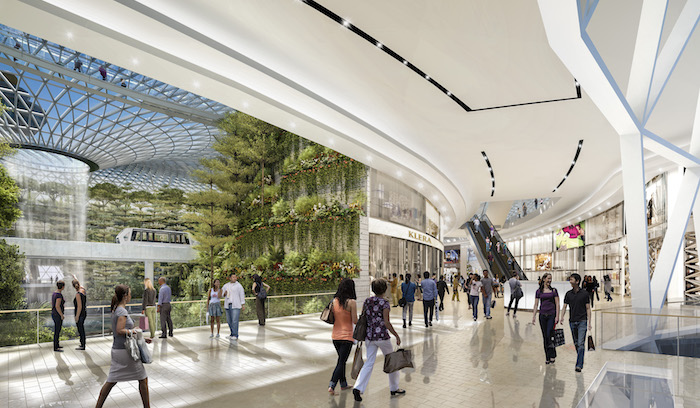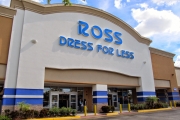Here are some of the things these ahead of the curve landlords have found success with.
It seems like every time another retailer announces that it’s shuttering stores or going out of business entirely, the alarm bells around the commercial real estate industry grow louder and louder. Each bit of bad news is treated as the final nail in the coffin for malls and shopping centers, but they still manage to keep the lights on day after day. In fact, there are centers and malls that continue to thrive in these challenging times - thanks to their proactive property owners and managers. As reported by National Real Estate Investor, here are some of the things these ahead of the curve landlords have found success with.The retail landscape has changed dramatically in recent times, and it will only continue to evolve. We’ll see additional consolidation, new brands and concepts emerge, and even some surprise shutdowns of once-venerable industry giants along the way. As with the malls and centers that continue to thrive, the strongest and most proactive amongst the retail companies will find themselves getting stronger.

“Modern shoppers want both the ease and selection of the online marketplace. Today’s most effective retailers aren’t focusing on brick-and-mortar or e-commerce exclusively,” CBRE’s Anthony Buono recently said in a statement.
What that means is that today’s most successful brands aren’t simply opening the doors each day and hoping that the customers will come in, but rather integrating numerous sales channels to make shopping a seamless experience for today’s shoppers. That’s what today’s consumers want in a nutshell, and retailers that are embracing that concept instead of fighting off the rising tide will continue to succeed.
That also means that these same retailers either currently need - or will in the future - much smaller physical footprints. For landlords, that’s never a welcome thing to hear, but those that have also come to terms with this fact as opposed to wishing it was the 1980s or 1990s all over again have better positioned themselves for future success. Malls and centers may be dying in some areas, but in others, they continue to be a vital part of the community, albeit in a different manner than the past.
“Some of these malls will have to be more like community centers, and include tenants like doctor offices, or residential spaces,” says Jan Kniffen, CEO of J Roger Kniffen WWE.
By filling their space with more non-traditional tenants, successful landlords find themselves with more flexibility to meet retailers needs. For example, those that want smaller footprints or shorter leases may find a more understanding ear from a landlord that knows his mall or center has become a desirable target for non-traditional tenants.
2 SEPTEMBER 2016, USA

 Boohoo expands online presence with new marketplace for fashion
Boohoo expands online presence with new marketplace for fashion Victoria's Secret expands presence in Melbourne
Victoria's Secret expands presence in Melbourne Inditex's Bershka set to enter indian market with Mumbai store
Inditex's Bershka set to enter indian market with Mumbai store Ross stores expands across the U.S. with 24 new locations
Ross stores expands across the U.S. with 24 new locations Chaumet opens doors to debut boutique in Italy
Chaumet opens doors to debut boutique in Italy Birkenstock is launching first store in France
Birkenstock is launching first store in France Salomon elevates brand presence with new Paris flagships
Salomon elevates brand presence with new Paris flagships  Amiri expands presence in California
Amiri expands presence in California  Crocs expands its presence in India with Apparel Group
Crocs expands its presence in India with Apparel Group  Best Buy Canada to expand presence with 167 small-format locations
Best Buy Canada to expand presence with 167 small-format locations  Arket expands into Italy with Milan flagship
Arket expands into Italy with Milan flagship